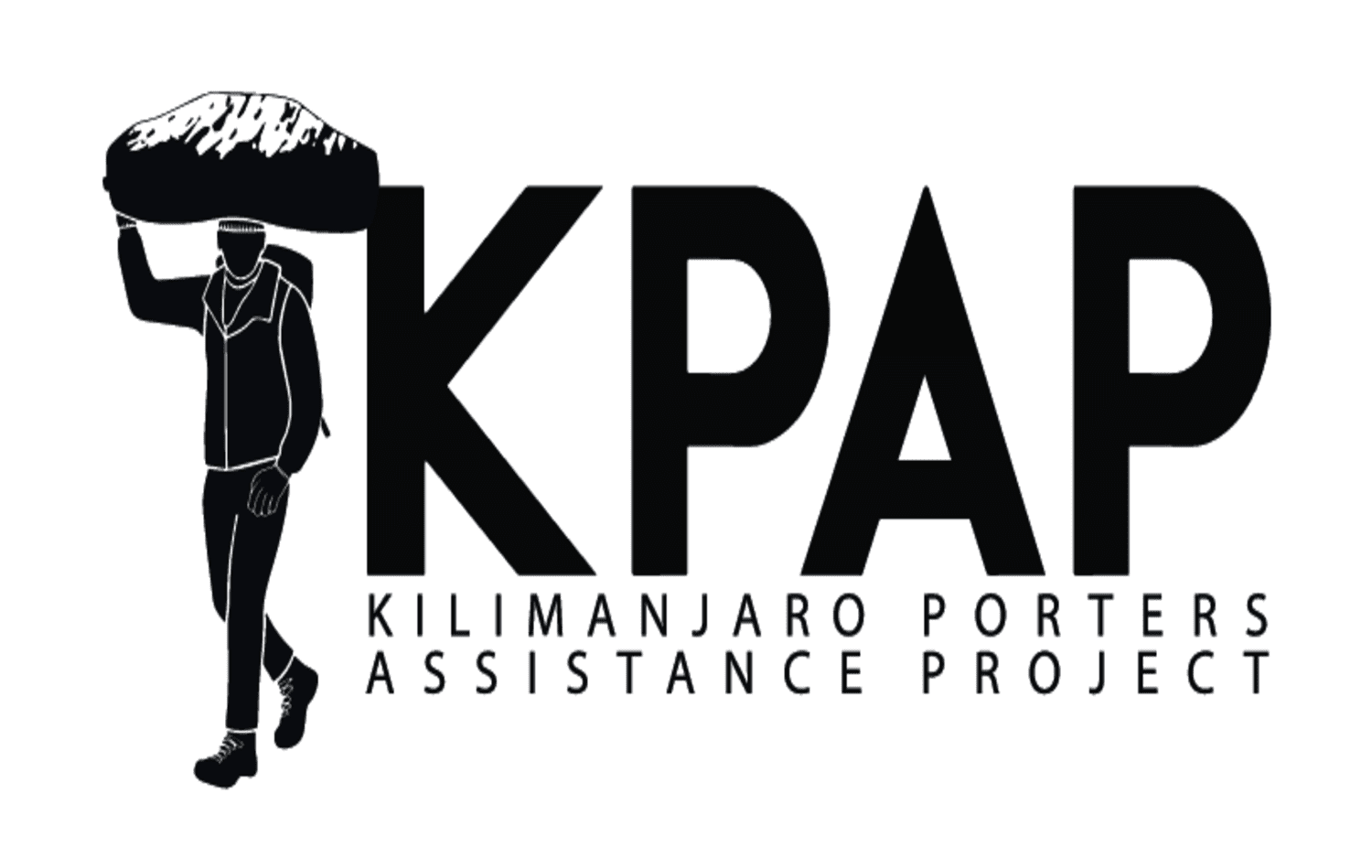Mount Kilimanjaro, standing at 5,895 meters (19,341 feet), is the tallest mountain in Africa and one of the most sought-after trekking destinations in the world. Unlike technical climbs such as Everest, Kilimanjaro is a non-technical trek, meaning no ropes or climbing gear are required. However, the challenge comes from its high altitude, steep ascents, and varying weather conditions. So, is climbing Kilimanjaro hard? Let’s break it down.
1. High Altitude and Oxygen Levels
One of the biggest hurdles on Kilimanjaro is the thin air at high altitudes. As you ascend, oxygen levels drop significantly:
This decrease can cause altitude sickness, leading to headaches, dizziness, nausea, and fatigue. The key to overcoming this is proper acclimatization, which is why longer routes (7+ days) are recommended.
2. Physical Endurance and Trekking Distance
Climbing Kilimanjaro is not a technical climb, but it is a physically demanding trek.
Good physical fitness, endurance, and mental resilience are essential for success.
3. Harsh and Unpredictable Weather
Kilimanjaro’s weather is highly unpredictable. Climbers pass through five climate zones:
Temperatures near the summit can drop to -20°C (-4°F) or lower, making proper clothing and layering crucial.
4. The Summit Push – The Toughest Part
The final ascent to Uhuru Peak is the most difficult.
1. Train for Stamina and Strength
2. Choose the Right Route
Some routes offer better acclimatization and success rates:
3. Pack the Right Gear
4. Stay Hydrated and Eat Well
5. Go Slow (“Pole Pole”)
Absolutely! The sense of achievement, stunning landscapes, and standing on Africa’s highest peak make all the challenges worthwhile. With proper preparation and the right mindset, you can conquer Kilimanjaro and experience one of the greatest adventures of a lifetime.



TERMS AND CONDITIONS | AFRICAN SAFARI | PRIVACY POLICY | REFUND POLICY | FOR TRAVEL AGENCIES | HOTELS IN TANZANIA | OUR BLOG
© 2025 Shiri Adventures